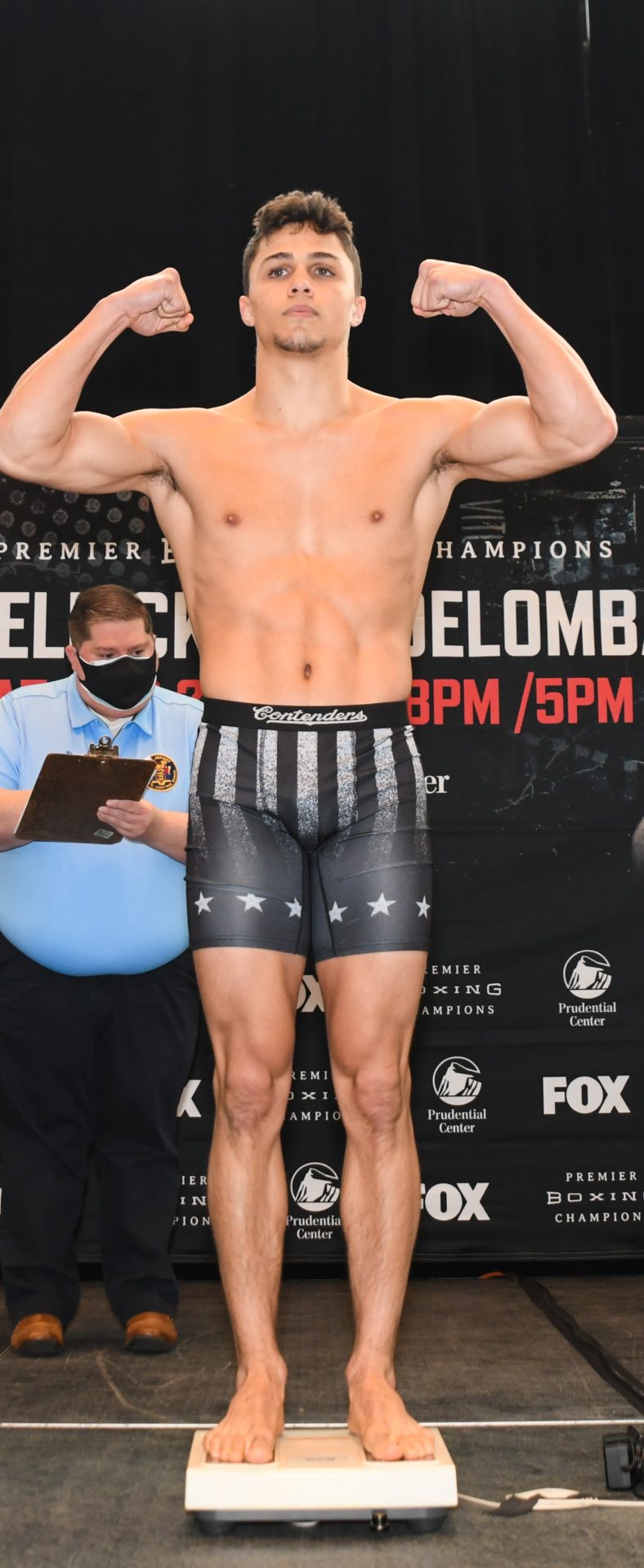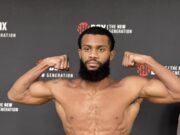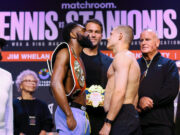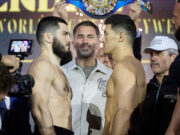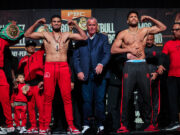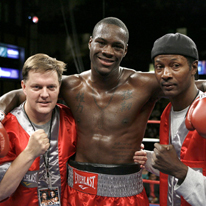
The search for a great American heavyweight is turning into a job for archaeologists.
Maybe, Deontay Wilder can begin to drag the endangered division out of antiquity and into modernity Friday night against Sergei Liakhovich in Indio, Calif., at Fantasy Springs Casino in a bout that is part of Showtime’s ShoBox series. A perfect element in Wilder’s unbeaten record makes him worth a look. Twenty-eight stoppages in 28 victories add up to power almost impossible to ignore.
Yet, there’s skepticism. Wilder is preceded by Seth Mitchell and Johnathon Banks in the line to claim the leading role as the next great American. Mitchell generated a lot of excitement a couple of years ago. Even reigning heavyweight Wladimir Klitschko, one of the Euro Zone’s most reliable commodities, saw Mitchell as a potential foe, a business partner in his attempt to re-enter the U.S. market.
Yet, Mitchell got bumped from the head of the class by Banks, of all people. Banks, Wladimir’s trainer, beat Mitchell in a crushing, second round TKO last November. Mitchell came back and won the rematch in June by unanimous decision. But the dull bout didn’t eliminate a lot of the questions about him, Banks and – in turn – Wilder.
Increasingly, it looks as if employment as an American heavyweight is an alternative way to make a living.
If not for a knee injury at Michigan State, Mitchell would probably be an NFL linebacker today. Banks, a student of the late Emanuel Steward, might be a better trainer than fighter. They are heavyweights, in large part because there just aren’t many in the U.S. any more. It’s not their fault. It’s just bad timing. The business has moved on from an era when heavyweights were the so-called flagship division. Thanks to Floyd Mayweather Jr., Manny Pacquiao, Oscar De La Hoya, Canelo Alvarez, Juan Manuel Marquez, Gennady Golovkin, Mikey Garcia, Sergio Martinez and whole host of others, fighters have gotten smaller and revenues bigger since then.
The September 14 clash at 152 pounds between Mayweather and Canelo has a chance to break the pay-per-view record set by Mayweather-De La Hoya in a 2007 junior-middleweight fight. A whole new generation of fans has grown up since Mike Tyson and Evander Holyfield, America’s last great heavyweights. In a way that nobody would have predicted, the game is thriving, thank you very much. Bob Arum’s Top Rank is trying to create a brand new market in China with a junior flyweight, Zou Shiming, who at 108 pounds is lighter by more than half of Wilder’s expected weight Friday night.
There are all kinds of theories about what happened to the American heavyweight. They’re either in the NFL, or in line at the dessert bar. Take your pick, but there’s no doubt they are making a negligible impact on the American side of the business scale.
Skepticism of Wilder is rooted in his relative inexperience. Unlike Mitchell, he has some solid amateur experience. He won a bronze medal, America’s only medal, at the 2008 Beijing Olympics. Still, Wilder is a newcomer. He didn’t start boxing until he was 19 in 2005. Instinctive skill acquired by Holyfield and the Muhammad Ali generation was not part of Wilder’s growing-up process.
While other fighters were learning the trade in their mid-teens, Wilder had other dreams at Tuscaloosa Central High School, not far from the University of Alabama campus. He wanted to be a receiver for the Crimson Tide’s famed football team or a forward for Alabama basketball. The birth of daughter with a spinal condition and academics got in the way. Boxing was the alternative.
Can Wilder turn it into something more than Mitchell or Banks has? Yeah, maybe. Depending on what happens against the 37-year-old Liakhovich (25-5, 16 KOs), a Wilder fight against Mitchell and/or perhaps Banks could be interesting.
Then again, it might provide further evidence about a vanishing bit of Americana that works in a museum, but not as a main event.



